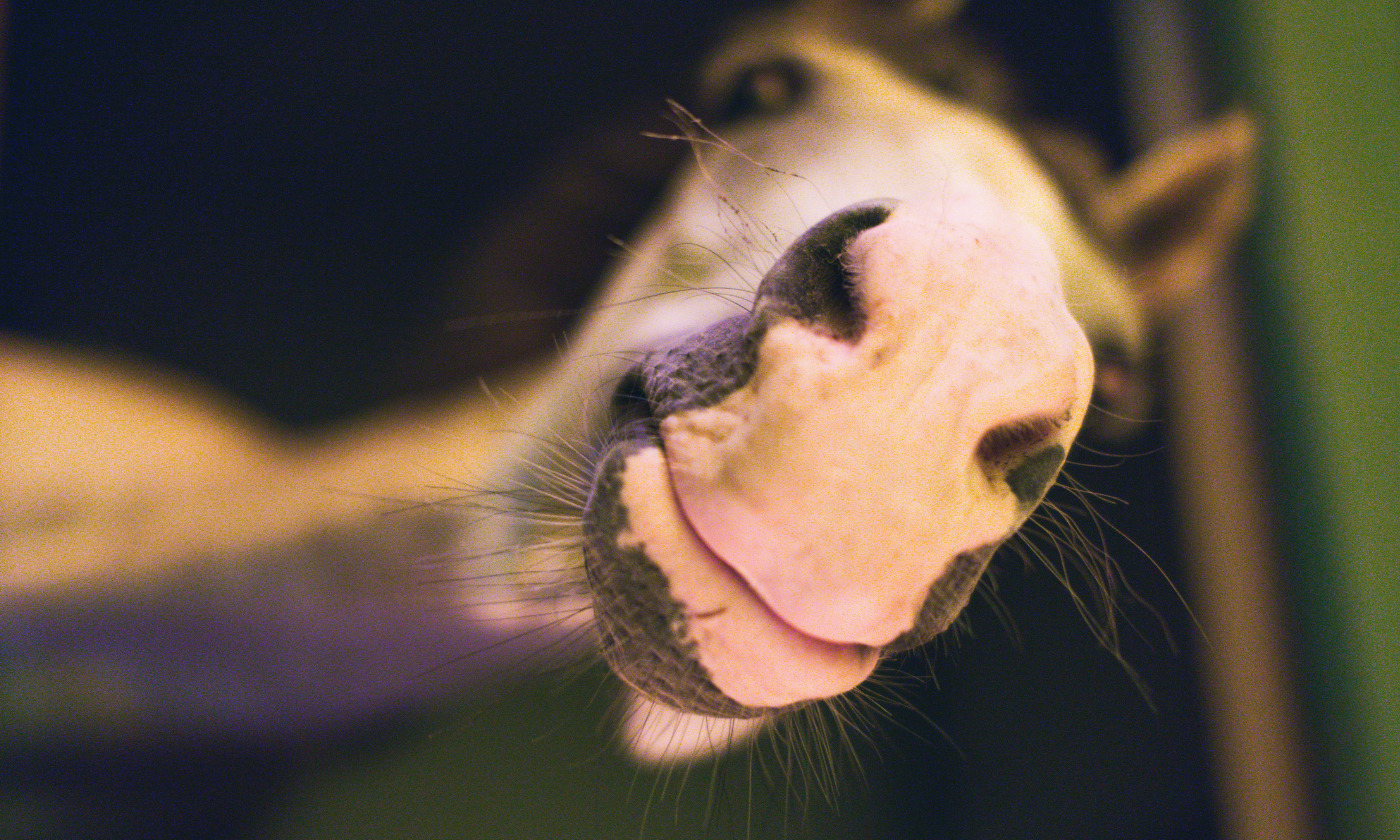Welcome to Part Two of our closer look at Equine Asthma.
Look back at Part One for a look at how horses breathe, and the impact of Equine Asthma, from severe to subclinical.
Today we look at ways to minimise exposure to dust whilst at home and travelling, and how you can help your horses breathe as easily as possible.
Medication
Medical treatment of Equine Asthma involves corticosteroids and bronchodilators. Systemic treatment (injections) are becoming less popular as vets move towards nebulisers and inhalers which can deliver medication directly.
One good example is Boehringer Ingelheim’s Aservo® EquiHaler, which delivers aerosolized steroids directly into the lungs, giving more efficient relief than systemic corticosteroids.
Some riders now use nebulisers as part of their normal routine, remember you will need to check withdrawal times and/or permission from the Treating Vet to use a nebuliser during an FEI competition.
Discuss treatment with your vet. Horses with severe or moderate asthma will need medical support but if your horse suffers with mild symptoms of Equine Asthma you may want to discuss options before you set off on a long journey.
Management
Before and beyond medication the importance of managing the horse’s environment cannot be overstated.
Dust irritates and inflames the lower airways, so effectively addressing sources of dust is vital.
Firstly think about ‘what’ and ‘where’ to start.
With a little attention to your management and routines you can make a big difference, both in managing dust and in protecting your horses. It is worth making changes wherever you can: making your horses' respiratory health a priority will make them more comfortable and improve their performance.
You will find more information about Equine Asthma and helping your horses to breathe on the Haygain and Boehringer Ingelheim websites.





